How to Integrate ChatGPT with Your Existing Apps and Systems
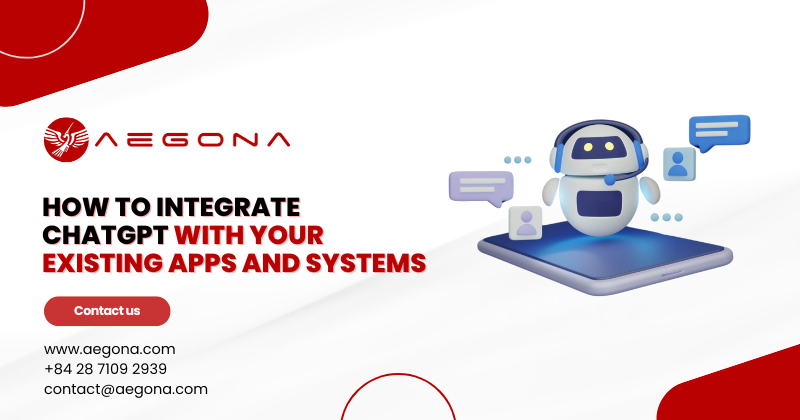
By Integrating ChatGPT into your current systems and apps (mobile app), you may greatly improve productivity and user experience.
In this article, we'll explore how you can integrate ChatGPT into your own application or system, along with some sample code snippets to get you started.
What is ChatGPT?
ChatGPT is a powerful AI language model that excels at simulating human-like conversations. Built on machine learning and natural language processing technology, it leverages transformer architecture to understand context and respond coherently.
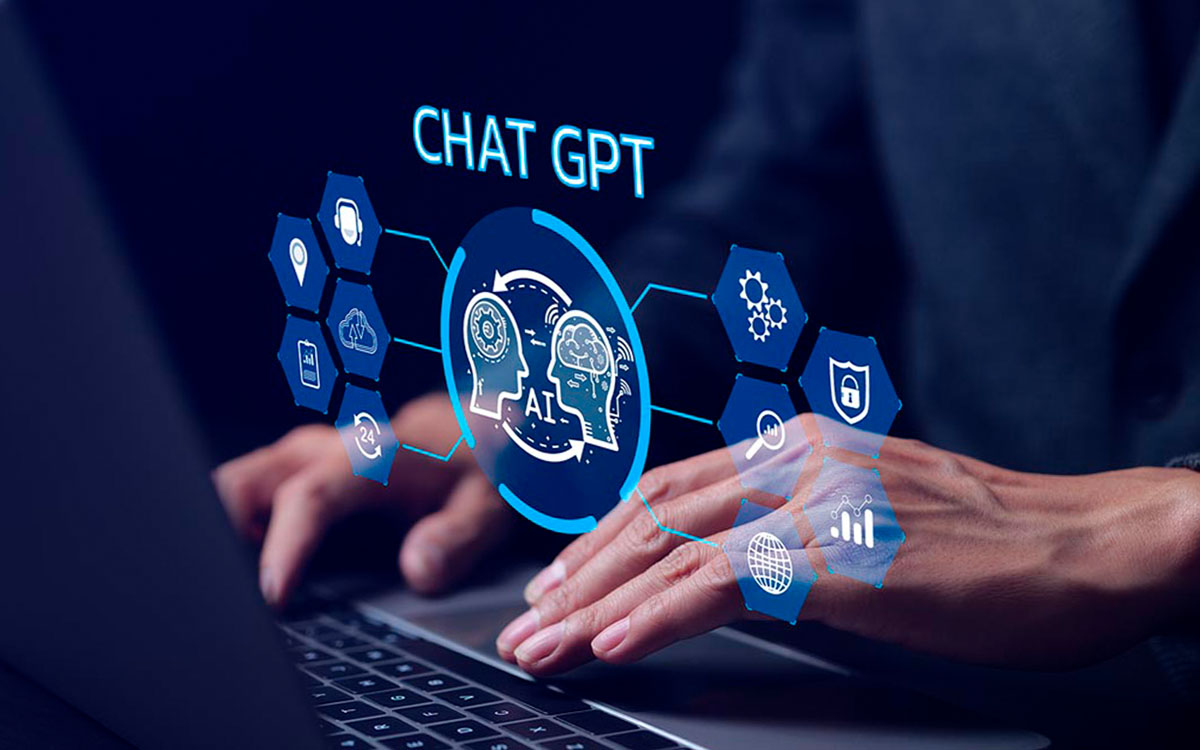
Why integrate ChatGPT into your system and application?
Integrating ChatGPT offers numerous benefits:
- Enhanced user experience: Imagine instant and consistent responses to user queries, 24/7 availability, and personalized interactions. ChatGPT empowers you to provide fast customer support.
- Increased productivity: ChatGPT can handle multiple requests simultaneously, allowing your staff to focus on more specialized tasks.
- Improved customer interaction: Foster natural, interactive conversations with your customers. ChatGPT's ability to personalize interactions and provide accurate information leads to higher customer satisfaction and loyalty.
- Competitive advantage: Stand out in the market! By using AI-powered chatbots like ChatGPT, you demonstrate a commitment to innovation and customer-centricity, leading to increased brand loyalty, customer attraction, and market share growth.
In simpler terms, ChatGPT acts as your 24/7 AI teammate, enhancing user experience, boosting productivity, and driving your business forward.
>> Read more: ChatGPT And Bing AI: Which Is The Superior AI Chatbot
Step-by-step guide to connect your system and application to ChatGPT:
This guide will show you how to integrate ChatGPT with your existing applications and systems, adding ChatGPT's capabilities to enhance user experience with features like chatbots providing extensive information and intelligent assistants.
Obtain API access
Firstly, you'll need access to the OpenAI API. Visit the OpenAI website (https://openai.com/) and sign up for an account. After registration, you can obtain the necessary API keys in your account settings.
Choose your integration method
There are two main ways to connect ChatGPT to your application:
- Direct API calls: This method offers more control and flexibility. You'll interact directly with the ChatGPT API through HTTP requests.
- Official library: OpenAI provides libraries in various programming languages (Python, JavaScript, etc.) to simplify integration and provide additional functionalities.
Replace “YOUR_API_KEY” with your API key
Direct API Calls (using Python)
If you favor the direct API call approach, you can utilize HTTP requests to engage with the ChatGPT API. Below is a Python code snippet demonstrating this, leveraging the requests library:
import requests
API_KEY = 'YOUR_API_KEY'
def generate_chat_response(prompt):
headers = {
'Content-Type': 'application/json',
'Authorization': f'Bearer {API_KEY}'
}
data = {
'messages': [{'role': 'system', 'content': 'You are a helpful assistant.'},
{'role': 'user', 'content': prompt}]
}
response = requests.post('https://api.openai.com/v1/chat/completions', headers=headers, json=data)
response_data = response.json()
return response_data['choices'][0]['message']['content']
# Usage example
user_input = input("User: ")
response = generate_chat_response(user_input)
print("ChatGPT:", response)Note: Ensure to substitute "YOUR_API_KEY" with the API key provided by OpenAI. The generate_chat_response function initiates a POST request to the ChatGPT API, transmitting the user prompt as input. Subsequently, the response generated is extracted from the API response.
Official library
OpenAI provides official libraries in various programming languages such as Python, JavaScript, etc. These libraries simplify the integration process and provide additional functionality. Here is an example code snippet using the `OpenAI` Python library:
import openai
openai.api_key = 'YOUR_API_KEY'
def generate_chat_response(prompt):
response = openai.Completion.create(
engine='text-davinci-003',
prompt=f'You are a helpful assistant.\nUser: {prompt}',
max_tokens=100,
n=1,
stop=None,
temperature=0.7
)
return response.choices[0].text.strip()
# Usage example
user_input = input("User: ")
response = generate_chat_response(user_input)
print("ChatGPT:", response)
Note: substitute "YOUR_API_KEY" with your current API key. In this example, the OpenAI. Completion.create method is employed to produce the response. You can modify parameters like max_tokens (representing the maximum number of tokens in the generated response) and temperature (higher values result in more random output, while lower values yield a more focused and deterministic output) to manage the quality of the response.
>> Read more: Top-Rated IOS & Android Mobile App Development Company In Vietnam
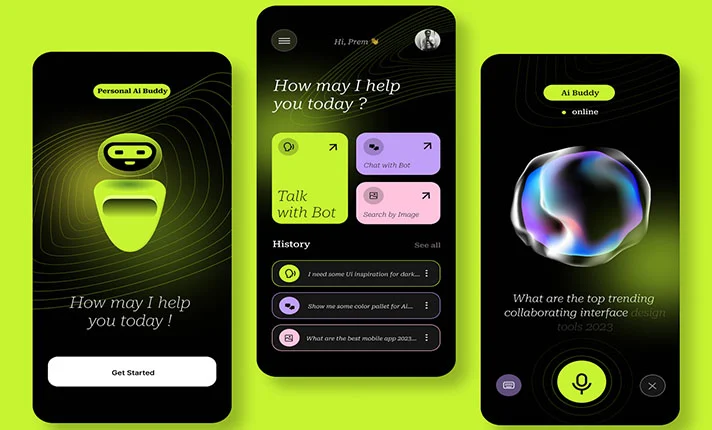
Aegona - Custom software development and system integration company in Vietnam
Aegona is one of custom software development and system integration company in Vietnam, offering cutting-edge solutions that include ChatGPT and other AI technologies. With a commitment to innovation and excellence, Aegona delivers tailored integration services that enhance user experiences, improve productivity, and drive business growth. Leveraging advanced AI capabilities, Aegona empowers organizations to stay ahead in today's dynamic market landscape, providing seamless integration solutions that meet the unique needs of each client.
To sum up, integrating ChatGPT into your applications and systems can significantly enhance user experience, boost productivity, and improve customer interactions. Whether through direct API calls or using official libraries provided by OpenAI, the capabilities of ChatGPT empower you to provide instant, personalized, and intelligent responses to user queries. By following the steps outlined in this guide and leveraging the provided code snippets, you can seamlessly integrate ChatGPT into your existing infrastructure, thereby driving innovation, increasing customer satisfaction, and gaining a competitive edge in the market.
related post
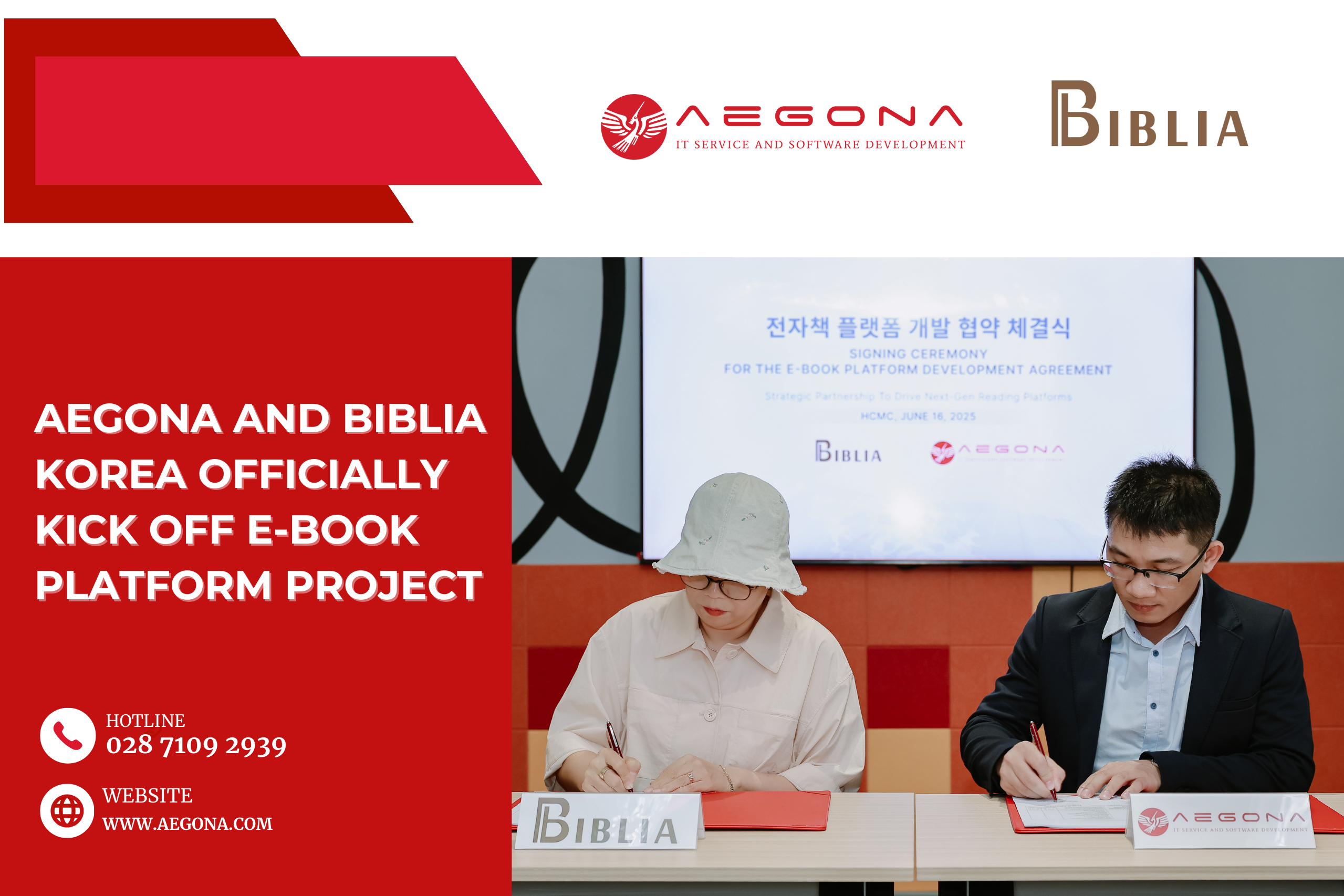
On June 16, 2025, following a series of technical discussions and alignment on technology directions, Aegona and Biblia officially signed a strategic cooperation agreement to develop a comprehensive digital publishing platform that integrates both E-books and Audiobooks.
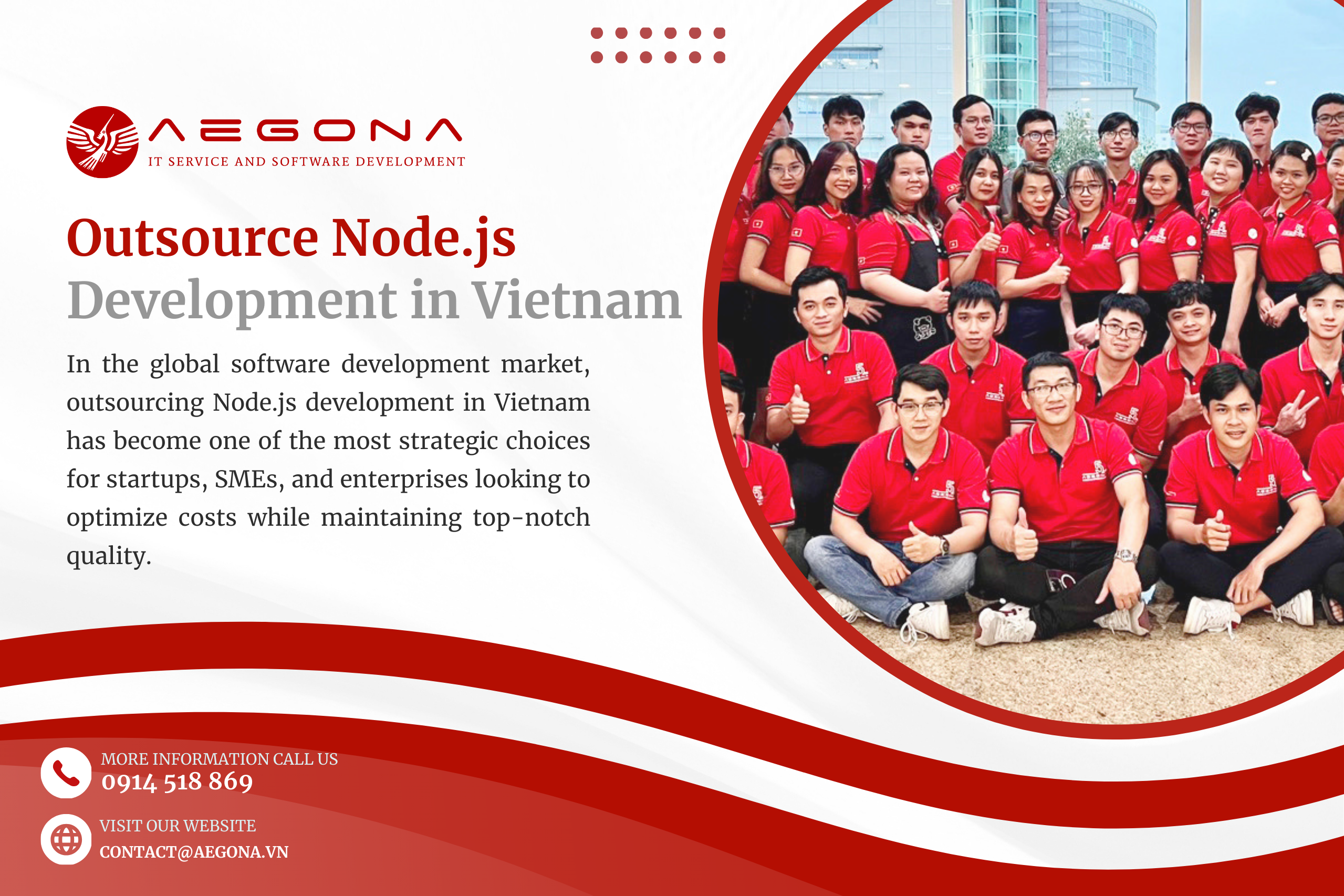
In the global software development market, outsourcing Node.js development in Vietnam has become one of the most strategic choices for startups, SMEs, and enterprises looking to optimize costs while maintaining top-notch quality.
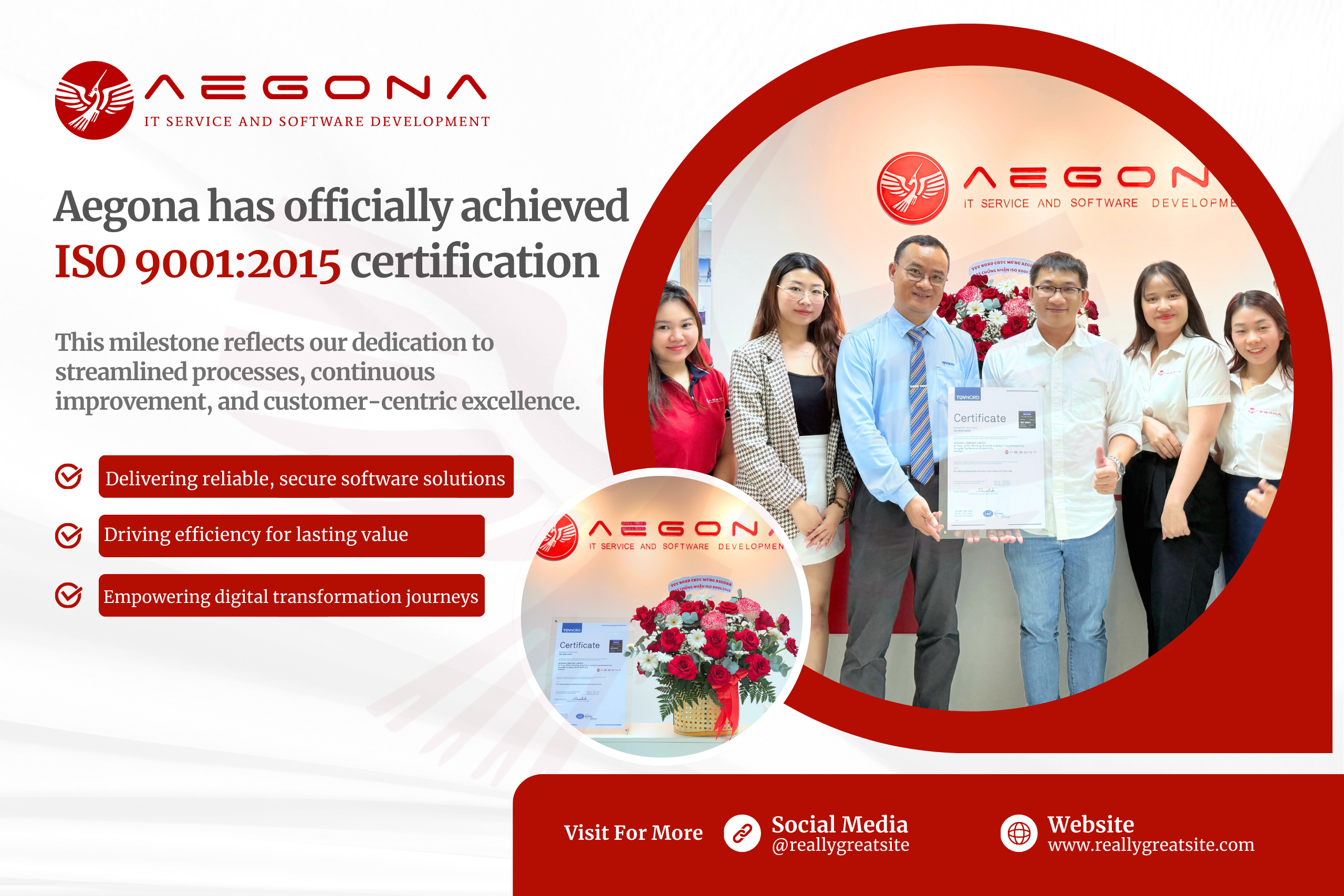
We are proud to announce that Aegona has officially achieved ISO 9001:2015 certification, an internationally recognized standard for quality management systems.

Outsourced IT staff offers a strategic alternative: you get skilled professionals exactly when you need them, without the overhead of permanent hires.

Build custom ERP software to streamline operations, boost efficiency, and fit your business needs. A complete step-by-step guide.
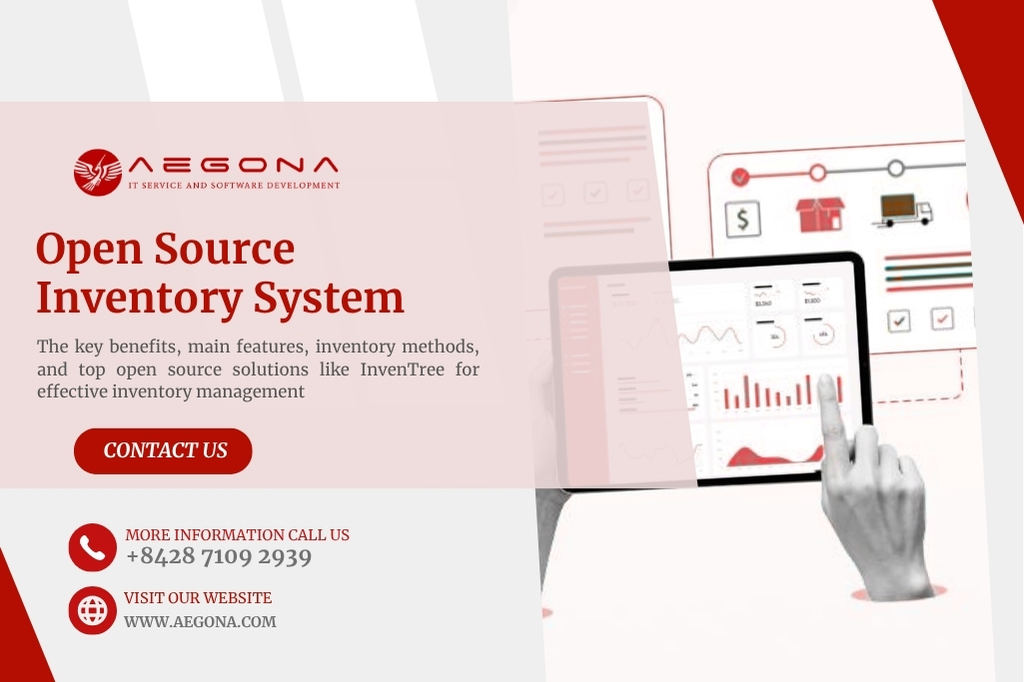
Discover the best open-source inventory systems like InvenTree. Learn key features, benefits, and tools to optimize warehouse and inventory operations.
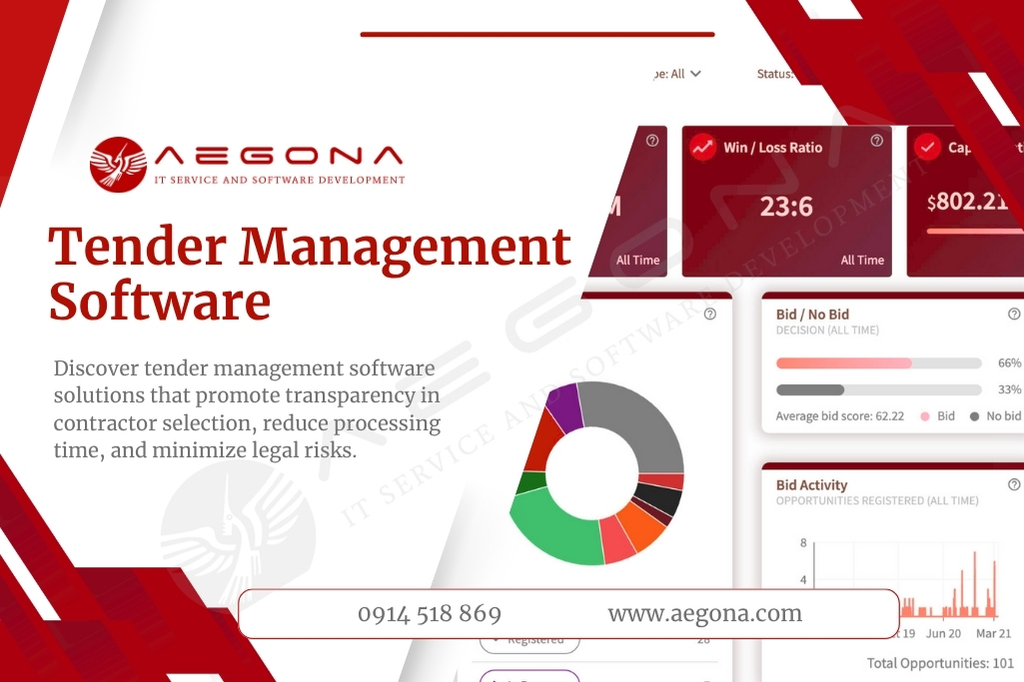
Discover how Tender Management software streamlines bidding, boosts efficiency, and when to choose a custom-built solution.

Discover the benefits of hiring offshore PHP developers in Vietnam and explore a step-by-step process to build a skilled, cost-effective development team.
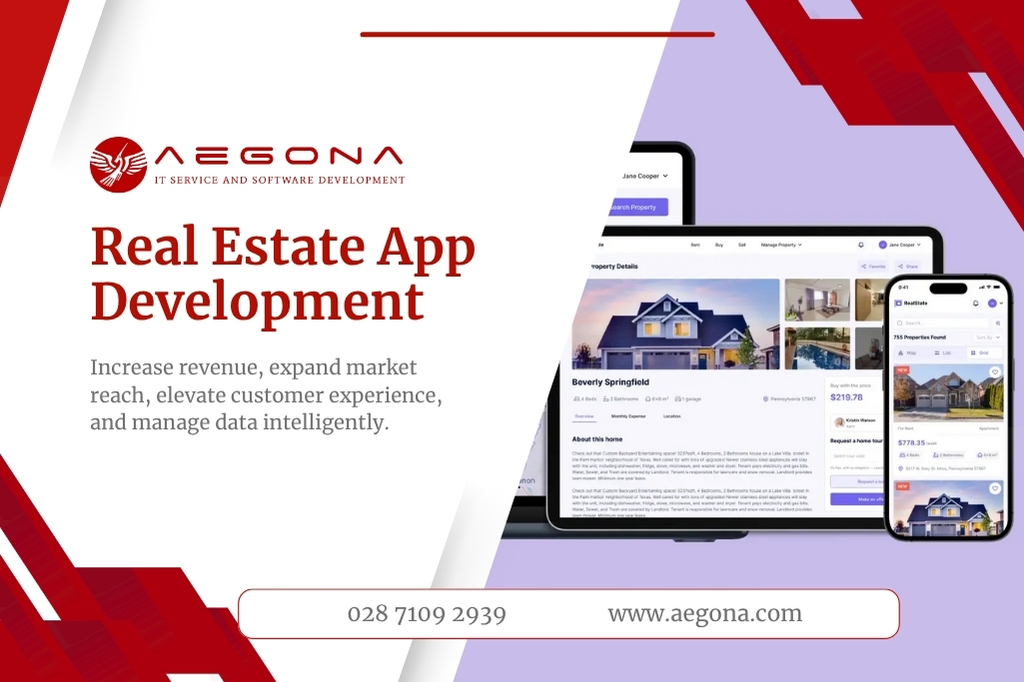
Discover the key benefits and features of real estate app development in Vietnam for businesses aiming to grow in the digital property market.
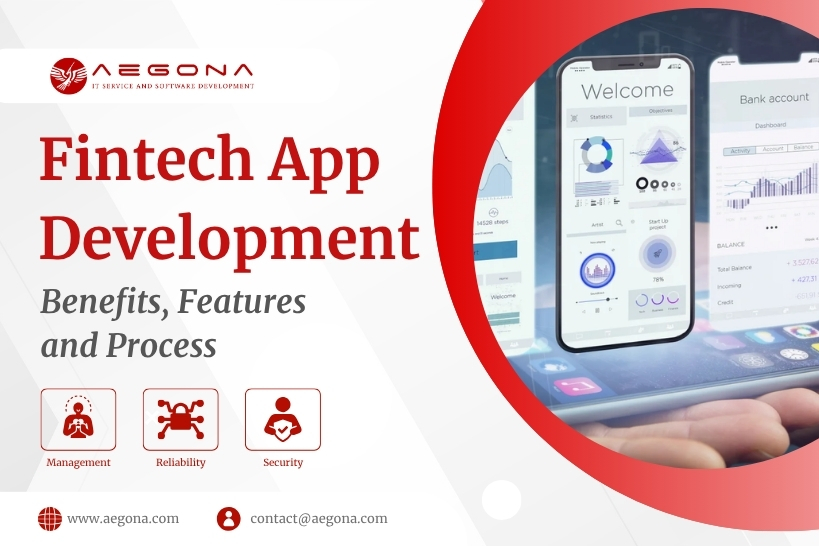
Custom FinTech app development for banking, insurance, payments & more. Secure, scalable, and tailored to your business.
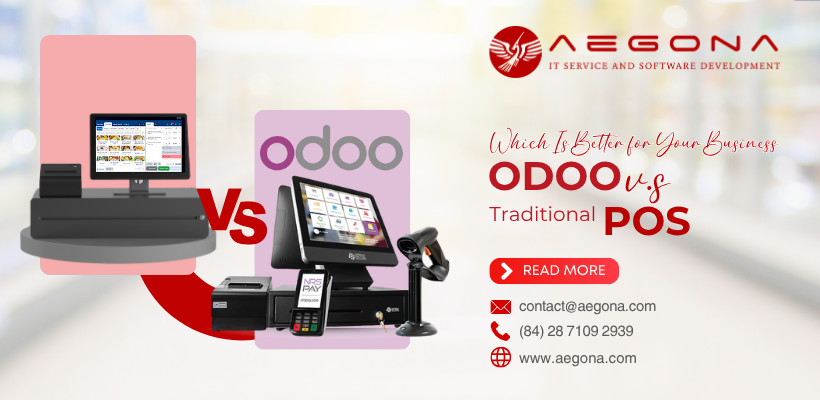
Odoo POS software is becoming an effective alternative to traditional POS systems thanks to its flexible integration capabilities and reasonable cost. Using sales management software plays an essential role in optimizing business operations. This article will help you compare Odoo software and traditional POS systems to find the most suitable option for your business.

the trends, AEGONA highlights 5 IT outsourcing trends expected to accelerate by the end of 2025 — and based on those, suggests four updated business strategies to help Vietnamese firms stay ahead of the game.
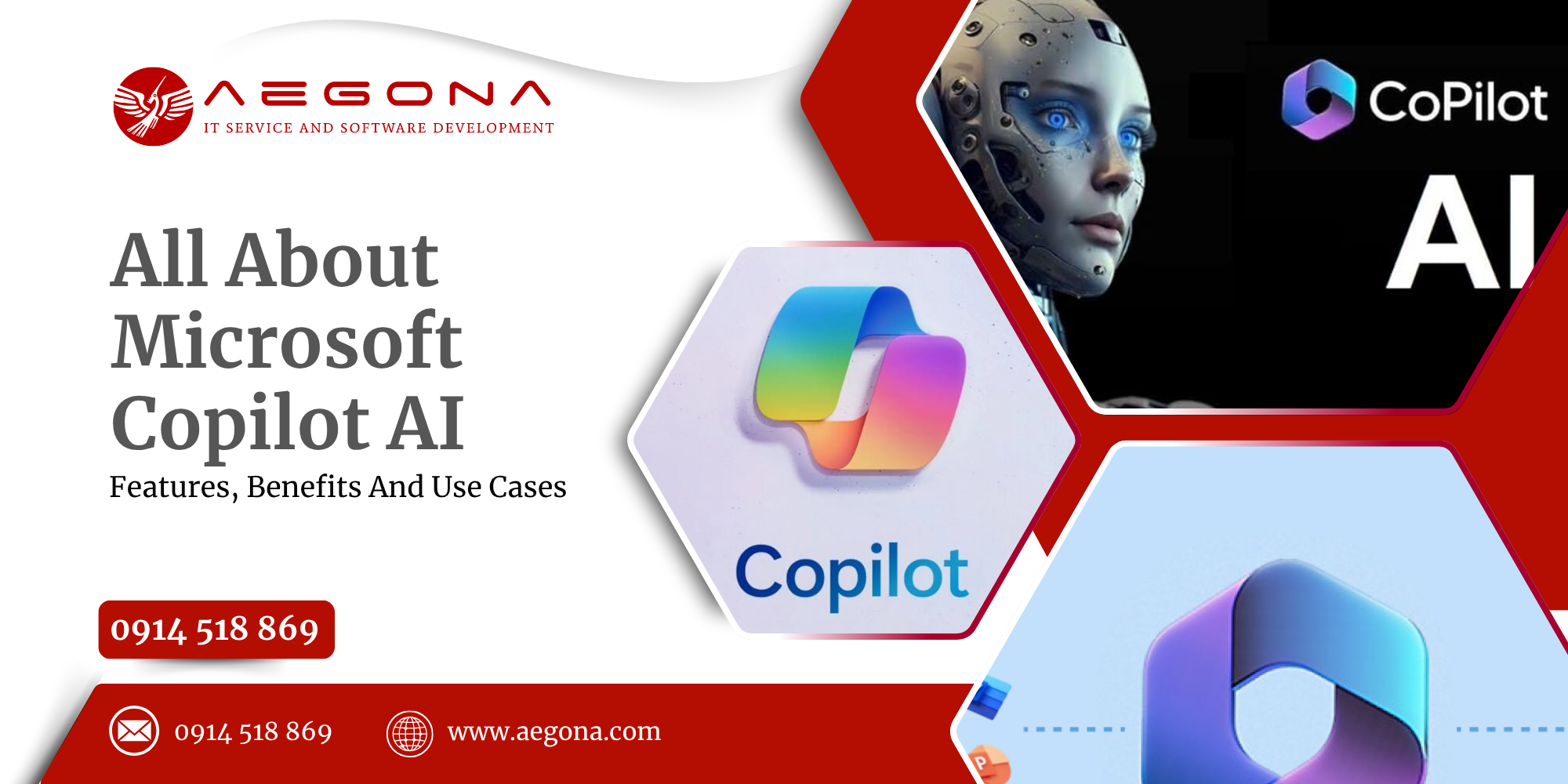
Alongside other big names riding the AI wave, Copilot AI is gaining increasing attention. It’s becoming an indispensable assistant for businesses aiming to accelerate workflows, minimize errors, and optimize operations. So, what exactly is Copilot AI? How does it work, and what benefits does it bring? Let’s explore the full picture below.

RAG LLM Solution (Retrieval-Augmented Generation) seamlessly combines data retrieval with large language models (LLMs) to enable AI systems to deliver accurate, rapid responses, creating optimal user experiences. Aegona proudly stands as a leading software development company specializing in RAG LLM solutions that empower businesses to maximize the potential of AI for sustainable growth.
